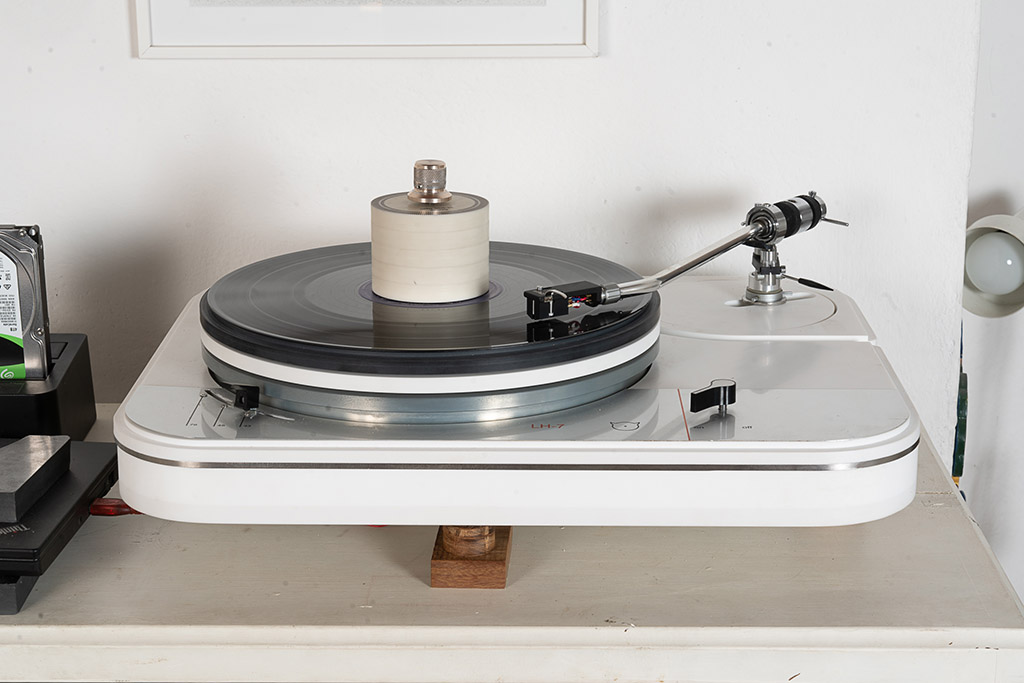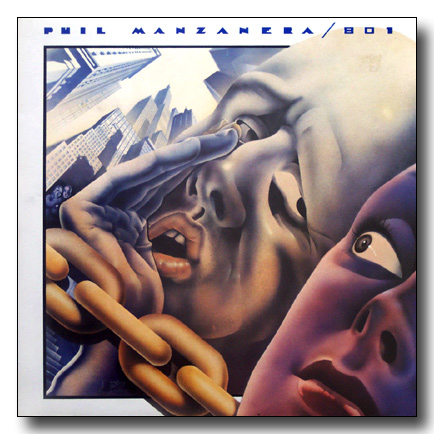
"Abstract: Recordings of music and film soundtracks contain cues used by the ear/brain to localize sound. Home or studio reproduction using conventional stereo, 5.1, 7.1, or 10.2 distorts these cues and creates false ones. The result is localization distortion, which degrades horizontal and depth imaging of direct and ambient sound, degrades clarity of instruments, colors the sound, and greatly reduces size and depth of the sonic stage. Localization distortion can be reduced to very low levels by a technology called Ambiophonics. Ambiophonics, at its simplest, consists of crosstalk-cancelled playback by two closely-spaced, front speakers. The result is that one can now hear at home what the recording microphones hear—and what the microphones hear is greatly improved horizontal and depth localization; solid, clear, three-dimensional imaging; less colored sound; improved clarity and tonality; improved transient response; and a sonic stage that is very deep and very wide—at least 150 degrees—compared to the 60-degree wide stage of the stereo equilateral triangle. Ambiophonics does not artificially increase the width and depth of the stage. Instead, it reduces localization distortion to such low levels that one can hear the width and depth that was actually recorded on the disc. Details are discussed for setting up an Ambiophonic system with 2, 4, or 6 speakers."
... the above mentioned extract from an erudite essay, yet written as an ignorant, humble me is able to understand it in its greater lines, can be found in its completeness at Tact's site, which makes sort-of honour, per-se...
This apparently over-complex treatize is a great opportunity written in a semi- technical (it's a badly expressed compliment which I hope the authors will forgive to me...) down-to-earth lingo and prose, YET truly scraping the misterious relationship among music, real instrument, ears and aural perception.
A MUST for any music and audio scholar.
Thanks to Boz for his knowledge and support.









%20-%20Compilation%20(A).jpg)



















.jpg)







































No comments:
Post a Comment